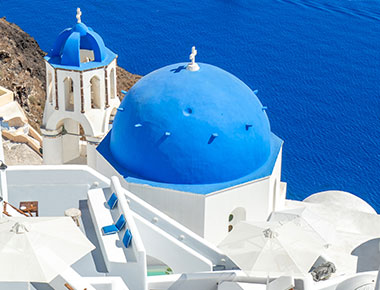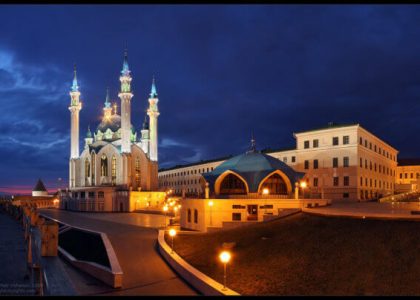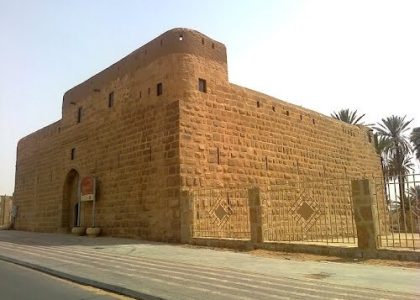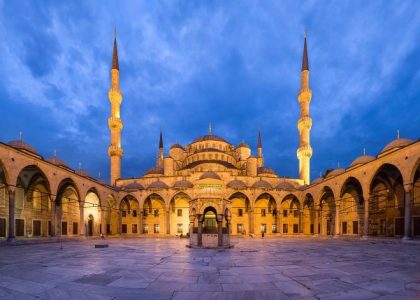The history of Jakarta, the capital city of Indonesia, is a tale of colonial rule, struggle for independence, rapid urbanization, and cultural diversity. Situated on the northwestern coast of Java, Jakarta has evolved from a trading post to a bustling metropolis, reflecting the complex history of the archipelago.
Early History: The area that is now Jakarta has a long history of human habitation, dating back to the 4th century BCE. The port town of Sunda Kelapa, located on the present-day site of Jakarta, was a thriving trading hub for the Sunda Kingdom. In the 14th century, the region fell under the influence of the Majapahit Empire, a powerful Hindu-Buddhist kingdom.
Portuguese and Dutch Influence: European influence began in the early 16th century when Portuguese traders arrived. They were followed by the Dutch, who established Batavia in 1619 as the headquarters of the Dutch East India Company (VOC). Batavia became a crucial center for spice trade and a hub of Dutch colonial administration.
Colonial Period: Under Dutch rule, Batavia flourished but at the expense of the local population. The Dutch East Indies, as Indonesia was known, became a major source of wealth for the Dutch. The city’s layout reflected the colonial influence, with canals, fortifications, and European-style buildings. However, this period also witnessed resistance, with notable uprisings such as the Javanese War of 1741.
Japanese Occupation and Independence: During World War II, the Japanese occupied Indonesia, including Jakarta, from 1942 to 1945. This period marked the decline of Dutch colonial power. After the war, Indonesia declared independence on August 17, 1945. Jakarta became the capital of the newly formed Republic of Indonesia, and the struggle for independence ensued, culminating in the Dutch-Indonesian Round Table Conference in 1949, where the Netherlands officially recognized Indonesia’s sovereignty.
Post-Independence Urbanization: After independence, Jakarta underwent rapid urbanization and population growth. The city expanded both geographically and demographically, attracting people from various parts of Indonesia seeking economic opportunities. This influx led to the development of slums, and Jakarta faced challenges in infrastructure, housing, and services.
Political and Social Changes: The post-independence period was marked by political and social changes. Jakarta served as the political center, witnessing the rise of influential leaders like Sukarno and later Suharto. The city became a symbol of Indonesia’s push for modernization and development, although it faced challenges of poverty, congestion, and environmental issues.
Economic Growth and Challenges: In the late 20th century and early 21st century, Jakarta experienced significant economic growth, becoming a major financial and business hub in Southeast Asia. However, this growth came with challenges such as traffic congestion, air pollution, and vulnerability to natural disasters. The city has undertaken various infrastructure projects to address these issues, including the construction of the Mass Rapid Transit (MRT) system.
Cultural Diversity: Jakarta’s history has contributed to its cultural diversity. The city is a melting pot of ethnicities, languages, and religions. Its cultural landscape reflects a blend of indigenous traditions, Dutch colonial heritage, and contemporary global influences.
Future Challenges and Opportunities: As Jakarta continues to grow, the city faces ongoing challenges related to infrastructure, environment, and social inequality. Efforts are being made to address these issues and transform Jakarta into a more sustainable and resilient metropolis.
In summary, Jakarta’s history is a narrative of colonial influence, struggles for independence, rapid urbanization, and the diverse cultural tapestry that defines the capital of Indonesia today.










